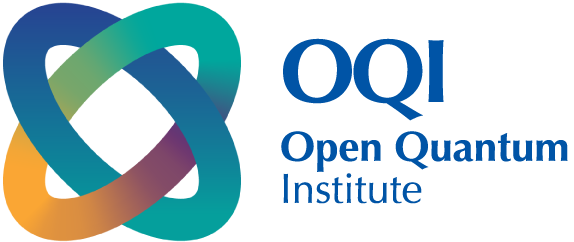Drug Metabolism Optimisation
Quantum simulation of in vivo metabolic oxidation of drug compounds used to treat diseases such as Alzheimer’s disease.
IMPACT/ CONTEXT
The majority of pharmaceutical compounds undergo a critical biotransformation process in the liver, known as drug metabolism, to facilitate their elimination from the human body. At its fundamental level, this process typically entails the conversion of an active drug molecule into a pharmacologically inactive metabolite.
Accordingly, drug metabolism is generally considered a detoxification mechanism that mitigates drug accumulation and prevents the manifestation of toxic effects. Adverse Drug Reactions (ADRs) represent a major obstacle in the pursuit of safe and effective pharmacotherapy, despite considerable advancements in drug discovery and development. Recent global estimates place ADRs as the sixth leading cause of death, with the burden particularly severe in high-risk populations such as pediatric and geriatric patients.
Approximately one-third of ADRs in children are either life-threatening or fatal. For example, in the United States, ADRs are responsible for up to 30% of hospital admissions, incurring an annual direct healthcare cost of approximately $30.1 billion. ADRs are a major impediment in pharmaceutical R&D, accounting for nearly one-third of drug development failures due to toxicity, driving up both development timelines and medication costs.
HOW QUANTUM COULD HELP
(Pro-)drug activation and drug metabolism, particularly via CYP enzymes, presents a complex biochemical challenge with direct implications for ecological and human health risk assessments.
Classical computational chemistry has played a pivotal role in simulating these metabolic transformations, yet several computational challenges persist. Accurate treatment of transition metal centers, dynamic enzyme conformational states and long-range electrostatics often require approximations that limit precision. Moreover, the computational cost of high-level quantum methods scales poorly with system size, making them difficult to apply routinely to full enzymatic systems.
Quantum computing has emerged as a promising frontier as it offers the potential to simulate strongly correlated electronic states with chemical accuracy, thereby overcoming some of the fundamental bottlenecks of classical methods. Hybrid quantum-classical pipelines also have the potential to enhance site-of-metabolism prediction, conformational sampling, and reactivity mapping, which would in turn open new frontiers in the predictive modeling of drug metabolism.





